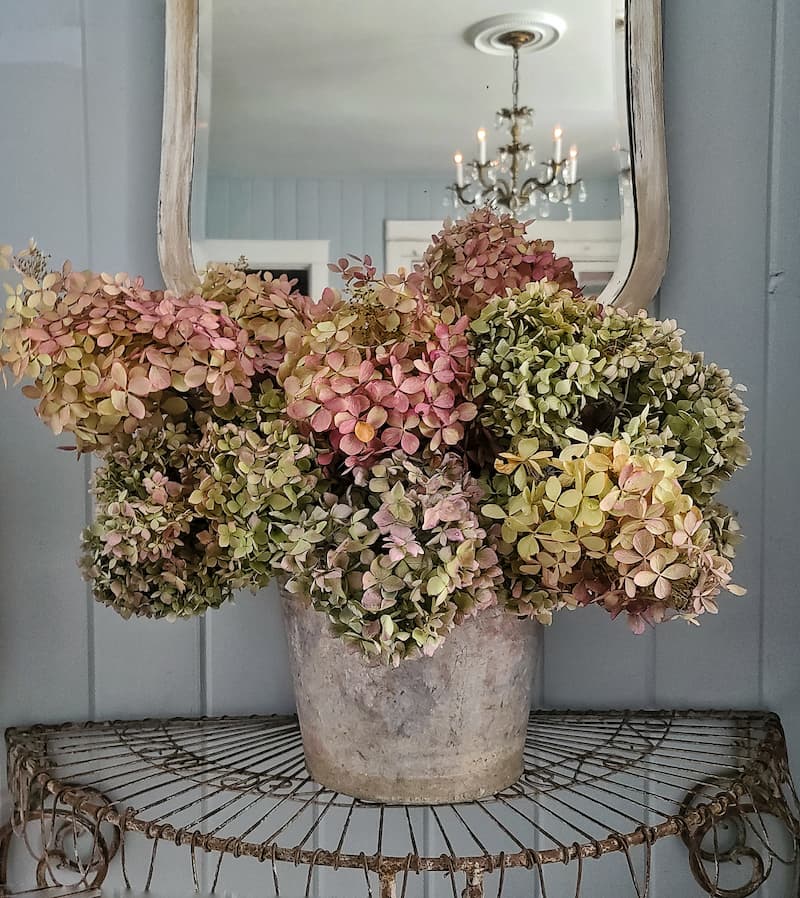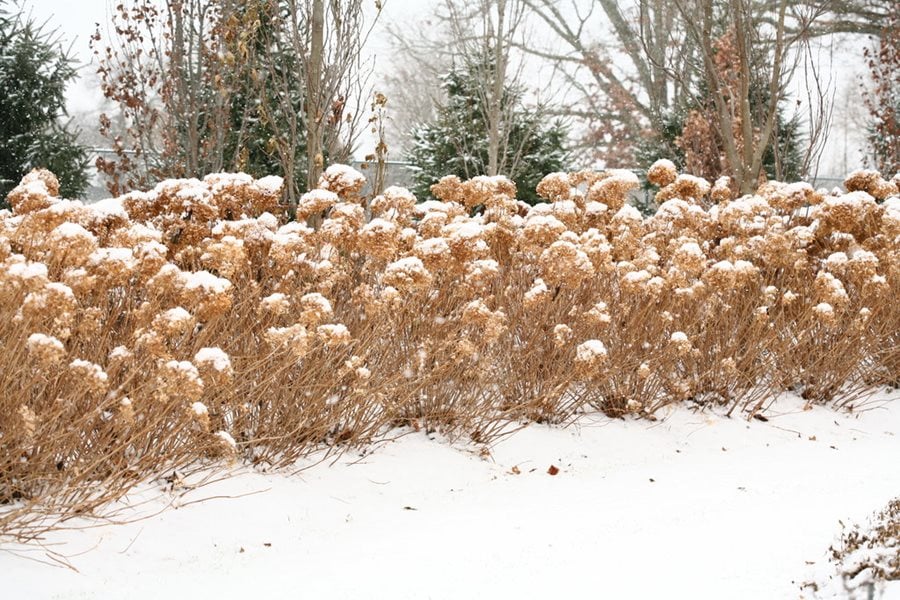How To Keep Your Hydrangeas Alive
Hydrangeas are beautiful, long-lived shrubs that can add a touch of elegance to any garden. However, they can be tricky to care for, especially if you live in a hot or dry climate. If you want to keep your hydrangeas alive and thriving, there are a few things you need to know.
In this blog post, I will share some tips on how to keep your hydrangeas alive. I will cover everything from choosing the right location to watering and fertilizing. I will also discuss how to protect your hydrangeas from pests and diseases.
Choosing the Right Location
The first step to keeping your hydrangeas alive is choosing the right location. Hydrangeas need full sun to partial shade. If you live in a hot climate, you may want to plant your hydrangeas in a spot that gets some afternoon shade.
Hydrangeas also need well-draining soil. If your soil is heavy clay, you will need to amend it with sand or compost.
Watering
Hydrangeas need regular water, especially during the hot summer months. Water your hydrangeas deeply once a week, or more often if the weather is hot or dry.
Fertilizing
Hydrangeas need to be fertilized every spring. Use a balanced fertilizer, such as 10-10-10. You can also use a fertilizer specifically formulated for hydrangeas.
Pests and Diseases
Hydrangeas are susceptible to a few pests and diseases. The most common pests are aphids, scale, and spider mites. The most common diseases are leaf spot and powdery mildew.
If you see any pests or diseases on your hydrangeas, you can treat them with insecticidal soap or neem oil. For more serious problems, you may need to consult with a garden expert.
Keeping Your Hydrangeas Alive in the Winter
If you live in a cold climate, you will need to protect your hydrangeas from the winter weather. In the fall, mulch your hydrangeas with a layer of 2-3 inches of bark or pine needles. You may also want to cover your hydrangeas with a burlap sack or other protective covering.
Conclusion
Following these tips will help you keep your hydrangeas alive and thriving for many years to come. With a little care and attention, you can enjoy the beauty of these beautiful shrubs for many years to come.
Hydrangeas are beautiful flowers that can add a touch of elegance to any garden. But what happens to hydrangeas in winter? Do they need special care?
The answer depends on the type of hydrangea and the climate you live in. Some hydrangeas, such as paniculata and arborescens, are hardy enough to withstand cold winters without any special care. Others, such as macrophylla, need to be protected from the cold.
If you live in a cold climate and have macrophylla hydrangeas, you can help them survive the winter by following these tips:
- Mulch around the base of the plant to help insulate the roots.
- Wrap the plant with burlap or another protective material.
- Bring potted hydrangeas indoors for the winter.
For more information about caring for hydrangeas in winter, I recommend visiting . This website has a wealth of information on hydrangea care, including specific tips for winterizing different types of hydrangeas.
FAQ of hydrangea in winter
Q: What does hydrangea look like in winter?
A: Hydrangeas typically lose their leaves in the fall and go dormant in winter. The stems and flowerheads may stay on the plant, but they will turn brown and dry. In some cases, the flowerheads may even fall off.
Q: How do I care for hydrangeas in winter?
A: Hydrangeas are relatively hardy plants and can withstand cold winters. However, there are a few things you can do to help them through the winter months:
- Mulch around the base of the plant to help insulate the roots.
- Water the plant regularly, especially if the winter is dry.
- Protect the plant from strong winds and cold drafts.
- If you live in an area with cold winters, you may need to cover the plant with a burlap sack or other protective covering.
Q: When should I prune hydrangeas?
A: Most hydrangeas should be pruned in the spring, after the danger of frost has passed. However, some varieties, such as mountain hydrangeas, bloom on old wood and should be pruned in the fall.
Q: What are some common winter problems for hydrangeas?
A: Some common winter problems for hydrangeas include:
- Frost damage: Hydrangeas can be susceptible to frost damage, especially if they are not properly protected.
- Winter burn: Winter burn can occur if the leaves of the hydrangea are exposed to cold, drying winds.
- Pests and diseases: Hydrangeas can be susceptible to a variety of pests and diseases, such as scale, aphids, and powdery mildew.
Q: How can I prevent winter problems for hydrangeas?
A: There are a few things you can do to help prevent winter problems for hydrangeas:
- Plant hydrangeas in a sheltered location.
- Mulch around the base of the plant to help insulate the roots.
- Water the plant regularly, especially if the winter is dry.
- Protect the plant from strong winds and cold drafts.
- Inspect the plant regularly for pests and diseases.
Image of hydrangea in winter
5 different images of "hydrangea in winter" from Pinterest:
This is a simple yet elegant arrangement of dried hydrangeas in a vase. The dried flowers have a beautiful, muted color palette that is perfect for winter.
This image shows a hydrangea covered in snow. The snow has turned the hydrangea's flowers into a delicate white lace.
This is a small hydrangea bonsai tree. The tree is covered in small, pink flowers that contrast beautifully with the dark green leaves.
This is a hydrangea wreath. The wreath is made of dried hydrangeas and pinecones. It is a beautiful and festive decoration for winter.
This is a single hydrangea branch. The branch is covered in large, blue flowers. The flowers are a beautiful reminder of summer even in the middle of winter.





Post a Comment for "How To Keep Your Hydrangeas Alive"